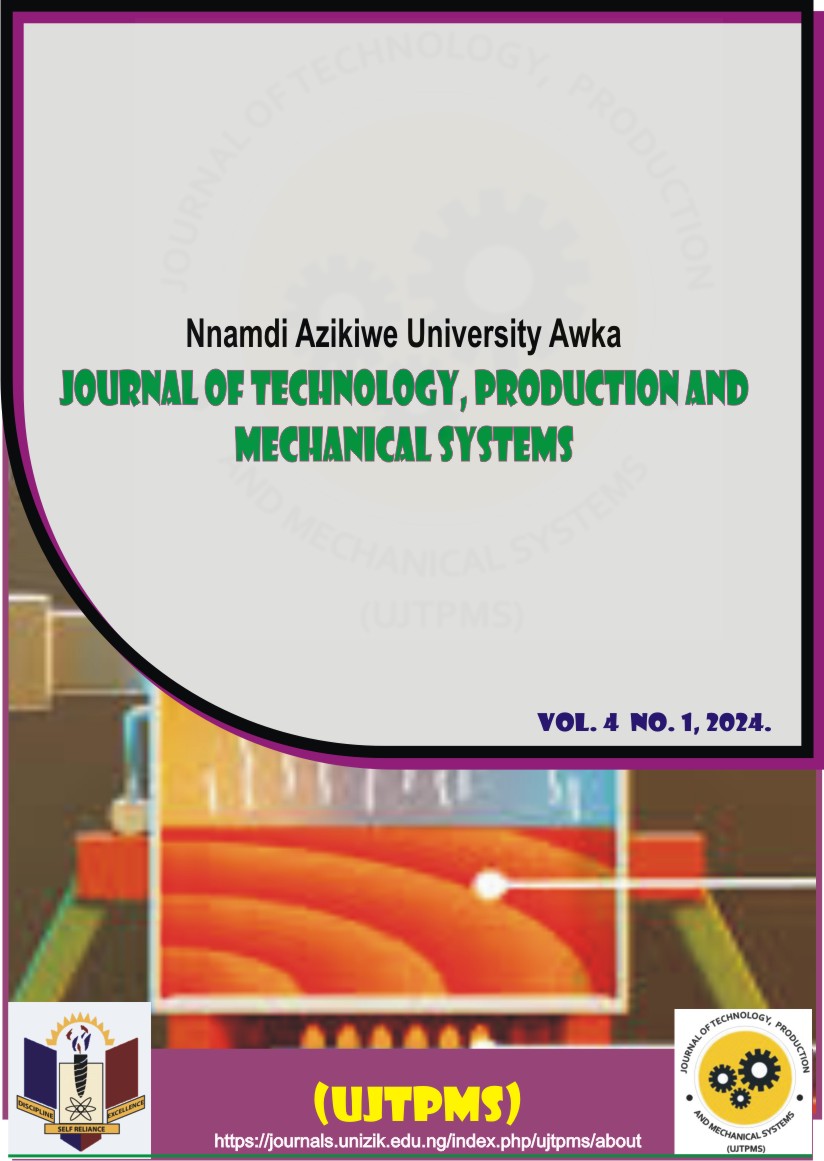Pyrolysis of Wood for Charcoal Production: A Basic Review of Existing Models
Keywords:
Wood, Pyrolysis modelling, charcoal production, thermos-chemical conversion, Sustainable energyAbstract
The pyrolysis theory is employed to elucidate the phenomenon occurring within charcoal kilns. Pyrolysis is a thermos-chemical process that involves applying heat in an oxygen-depleted atmosphere to transform organic material into volatile substances (liquids and gasses) and a carbon-rich solid (char). The pyrolysis of wood is a multifaceted phenomenon that encompasses various mathematical equations pertaining to heat transport, drying, fluid dynamics of liquids and gases, anisotropy, surface downturn, numerous chemical reactions, non-linear algebraic partial differential equations which are employed to characterise the process. Researchers across the World have carried out studies on the modelling of the charcoal production process. This paper presents review of existing wood pyrolysis models, contributions and flaws. Basic mathematical models adopted for pyrolysis of wood during charcoal production in the kiln were reviewed. Aspects such as: elemental composition, char and volatiles substances (liquids and gases) were put into considerations. The review of both the physical and chemical processes of pyrolysis was carried out with more emphasis on wood kinetic reaction models and modelling assumptions.
Downloads
Published
Issue
Section
License
Copyright (c) 2024 Unizik Journal of Technology, Production and Mechanical Systems

This work is licensed under a Creative Commons Attribution-NonCommercial 4.0 International License.






